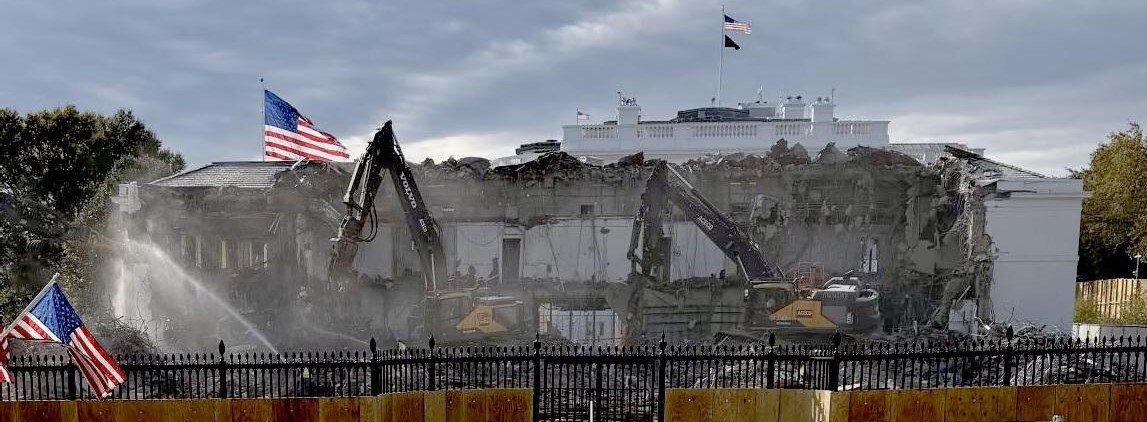
-
Pop Tarts Bowl - BYU vs GT
Congrats! You may have just made Surly history as being the first poster to receive negative reputation on your permanent record. It's the dreaded scarlet thumb.
-
Tax Fraud/Slayer Bowl Virginia vs Missouri
Not sure if many posters give much of a shit about this game. I'd imagine more are paying attention to the North Texas one and waiting on Houston/LSU to get started.
-
Shit's Borked
Third time seeing this Mountain Dew ad over the past few days. Twice in Daily Texan and once in Football. It's only happening on mobile.
-
Pop Tarts Bowl - BYU vs GT
Yeah, they're both valid points, and anyone who's ever followed TTech knows that the second one is especially so.
-
Pop Tarts Bowl - BYU vs GT
I'm not sure if BYU's performance in this bowl is indicative of how TTech matches up with Oregon. It's not like they were a challenge for TTech in either of those previous games, since they only scored one TD in each. Not overly confident, though, since TTech didn't play many good teams this year: BYU 11-2, Utah 10-2, UH 9-3, & Arizona St 8-4 (loss).
-
Pop Tarts Bowl - BYU vs GT
I think the announcers are still stuck on their dad joke about King being a dictator/monarch from that earlier graphic.
-
Pop Tarts Bowl - BYU vs GT
BYU kick returner done fucked up. GT ball at the five.
-
Pop Tarts Bowl - BYU vs GT
Well, they both are cults.
-
The movie you just watched
Cool. Never heard of it, but will add it to the list. I see it's available on Tubi.
-
Pop Tarts Bowl - BYU vs GT
Imagine the septic tank smell after 344 days of piss, poop, and barf in that floating chamber pot.
-
Pop Tarts Bowl - BYU vs GT
Is that Moses's ark when he came to convert the Indians in North America?
-
2025 Super Saturday Bowl Game Thread
There's a separate thread for the Poptart game.
-
Pop Tarts Bowl - BYU vs GT
Nice goal-line stand by the Yellowjackets.
-
Pop Tarts Bowl - BYU vs GT
- New Site Software / Theme
So, is this for giving someone an eternal thumbs-down as an extra big fuck you? Like, a "scarlet thumb," if you will, that trolls have to carry around in shame forever and ever? Would this also be how you leave a comment? - New Site Software / Theme
Football ...
Basketball ...
Baseball ...
Other Sports ...
Futbol ...
🤫995🤫 ...
Gambling ...
Movies & TV ...
Music ...
Hobbies ...
Lulz ...
Food & Travel
...
Daily Texan ...
Business & Markets ...
Cloak Room ...
Help ...
For Sale ...
Board Discussion ...
Advertise...
Tailgate Donations
Back to top



